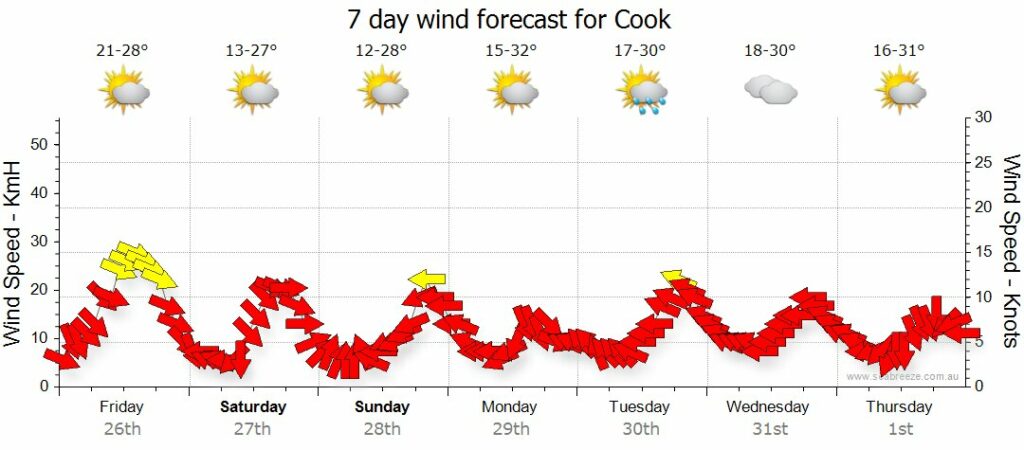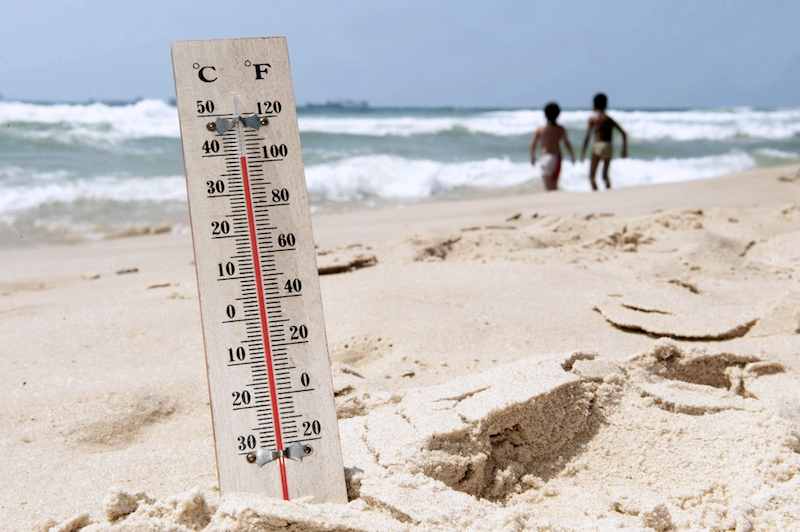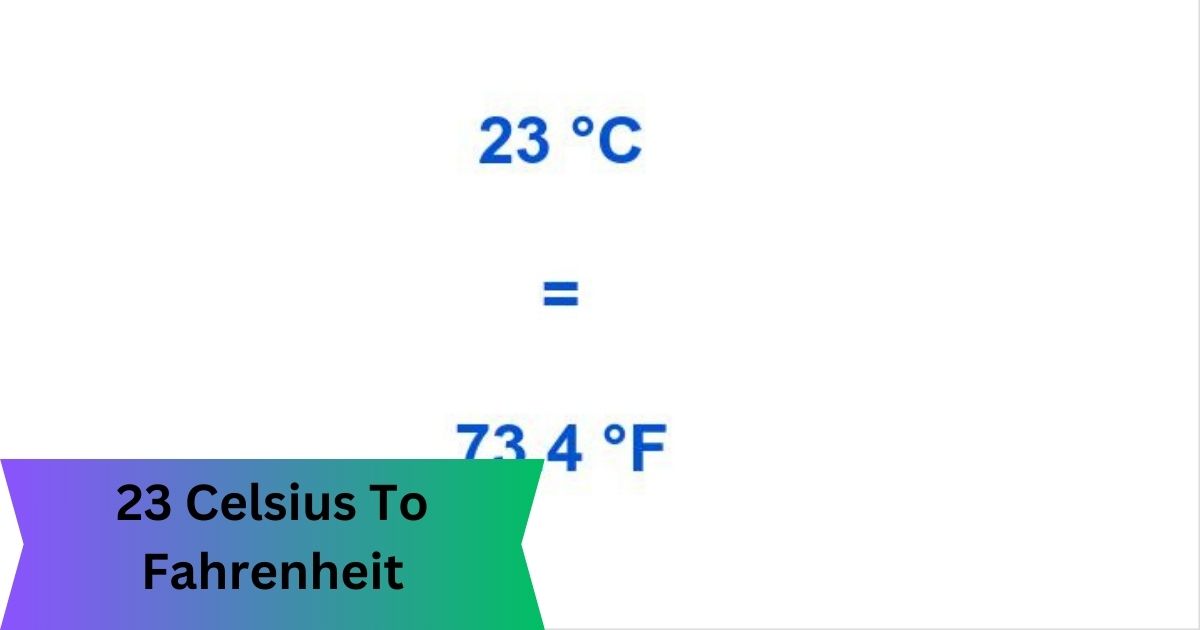Temperature is a fundamental aspect of our daily lives, and understanding how to convert between different scales is crucial.
At 23 degrees Celsius, it corresponds to 73.4 degrees Fahrenheit. This conversion is handy for adjusting thermostats or interpreting climate recommendations.
In this article, we’ll explore the conversion of 23 degrees Celsius to Fahrenheit and delve into the significance of temperature scales in various contexts.
Why Convert Celsius to Fahrenheit? – Take Analysis!
Temperature can be measured in different scales worldwide, with Celsius and Fahrenheit being the most common.
Knowing how to convert between them is essential, especially when dealing with diverse weather forecasts or international recipes that use different temperature scales.
Formula for Conversion:
The formula to convert Celsius to Fahrenheit is relatively straightforward: Fahrenheit = (Celsius × 9/5) + 32. Allow me to illustrate this formula with an example.
If you have 23 degrees Celsius and want to convert it to Fahrenheit, the calculation would be (23 × 9/5) + 32, resulting in approximately 73.4 degrees Fahrenheit.
Quick and Easy Conversion Tools – Let’s Explore!
Technology has simplified temperature conversion through online tools and mobile apps, offering quick and convenient solutions for everyday use.

1. Online Converters:
Explore user-friendly websites that enable swift and accurate temperature conversions without the need for downloads or installations.
2. Mobile Apps:
Access dedicated temperature conversion apps on your smartphone, featuring additional functionalities such as historical records and real-time updates for precise information.
3. Real-Time Updates:
Stay informed with conversion tools that provide real-time updates, ensuring accuracy, especially in fields requiring precision like meteorology or scientific research.
4. Offline Capabilities:
Some apps offer offline functionality, allowing users to convert temperatures without an internet connection, perfect for situations with limited connectivity.
5. Customization:
Personalize your experience by customizing preferences, including default units, decimal places, and layout options, enhancing the overall usability of these tools.
The availability of these quick and easy temperature conversion tools has transformed the process into a seamless and efficient experience, catering to diverse needs and making temperature conversions accessible anytime, anywhere.
Common Celsius to Fahrenheit Conversions – Check This Out!
Understanding common Celsius to Fahrenheit conversions is key for practical use in weather forecasts and cooking. Here’s a brief guide. For example, 23°C, a comfortable room temperature, equals 73.4°F.

1. Room Temperature (23°C):
23°C is room temperature, translating to 73.4°F. Useful for adjusting thermostats and interpreting climate recommendations.
2. Boiling Point of Water (100°C):
Water boils at 100°C, equivalent to 212°F. Important for cooking precision and meteorological insights.
3. Freezing Point of Water (0°C):
Water freezes at 0°C, which is 32°F. Handy for food storage and understanding frosty conditions.
4. Body Temperature (37°C):
Normal body temperature is around 37°C, or 98.6°F. Crucial for health monitoring.
5. Extreme Heat (40°C and above):
High temperatures, like 40°C, mean 104°F. Useful for planning activities and heatwave precautions.
Mastering these conversions simplifies daily tasks, from setting your thermostat to planning outdoor activities.
Understanding the Temperature Scales – Take A Look Here!
Celsius and Fahrenheit have distinct characteristics and historical backgrounds. The Celsius scale is based on water’s freezing and boiling points, while Fahrenheit has its roots in the human body’s temperature and the freezing point of brine.
Temperature Conversion in Daily Life – Let’s See!
Temperature conversion plays a crucial role in daily activities like cooking and baking. Imagine following a recipe from a different region that uses Fahrenheit, and you’ll see why understanding these conversions is handy for a seamless culinary experience.

Additionally, when traveling to countries with different temperature scales, such knowledge becomes essential for interpreting weather forecasts accurately, ensuring you are well-prepared for varying climates.
Frequently Asked Questions:
1. Is there an easy way to convert temperatures without using a formula?
Yes, various online tools and mobile apps make temperature conversion quick and effortless.
2. Why are there different temperature scales?
Different regions and scientific communities adopted various temperature scales based on historical, cultural, and practical considerations.
3. Can I rely on weather forecasts without understanding temperature conversion?
While weather forecasts typically provide temperatures on the local scale, knowing the conversion helps you interpret forecasts from different regions accurately.
4. Are Celsius and Fahrenheit the only temperature scales?
No, there are other scales like Kelvin, commonly used in scientific contexts.
5. How does temperature conversion contribute to addressing climate change?
Precise temperature measurements are crucial for climate research and understanding the impact of global temperature changes.
Conclusion:
In conclusion, The ability to convert temperatures between Celsius and Fahrenheit is a valuable skill with widespread applications. Whether you’re planning a trip, cooking a meal, or conducting scientific research, understanding temperature conversion enhances your proficiency and accuracy.









+ There are no comments
Add yours